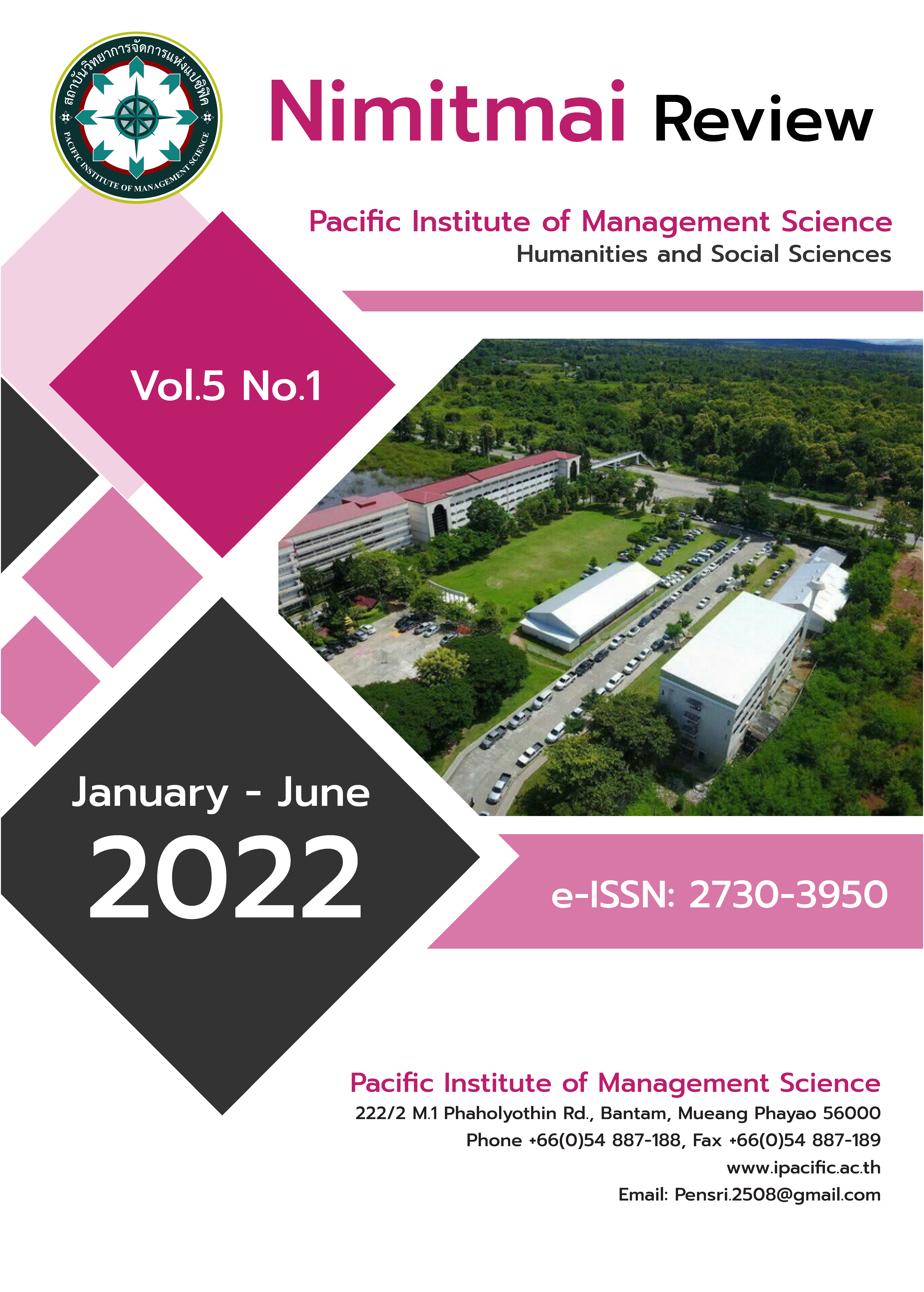The Relationship between Job Satisfaction, Organizational Commitment, and Turnover Intention of Doctoral Lecturers: A Case Study of Universities in Mianyang, China
Keywords:
Keywords: Job Satisfaction, Organizational Commitment, Turnover IntentionAbstract
This article aimed to investigate the relationship between organizational commitment and job satisfaction towards doctoral lecturers’ turnover intention in Mianyang, China. From the target population of 904 doctoral lecturers who has been working in 9 universities in Mianyang, China, there were 302 samples selected by adopting purposive sampling method according to Yamane’s Equation Formula. The instrument for collecting data was a questionnaire. This study was a quantitative research by using survey. The main tools of analysis were frequency, percent and linear regression analysis to test variables and to test hypothesis. All tests were based on 0.05 level of significance. From the analysis results, Doctoral lecturers’ job satisfaction, organizational commitment had negative relationship on turnover intention. There was significant relationship between doctoral lecturers’ job satisfaction, organizational commitment and turnover intention. Therefore, it also recommended among others that governments, society, and universities should pay more attention to doctoral lecturers’ job satisfaction, effectively prevent them from forming a turnover intention, and stabilize them as a team. The university should develop the management countermeasures of young doctoral teachers from reducing the wastage rate to monitoring and managing the turnover intention, warning the brain drain crisis in time, making good plans ahead of time, and promoting the university to improve the talent growth environment. And universities need to improve the talent-growing environment and the management level, promoting the sustainable development of doctoral lecturers.
References
Becker, H.S. (1960). Notes on the Concept of Commitment. American Journal of Sociology,66(1), 32-40.
Chen X.hua. (2016). Investigation and Research on the Mobility Intention of Lecturers in Universities in Shaanxi Province, M.A. Shaanxi Normal University.
Chi-Sum, W., and Yui-tim, Wong, & et al. (2001). The Significant Role of Chinese Employees' Organizational Commitment: Implications for Managing Employees in Chinese Societies. Journal of World Business.
Darling-Hammond, L., & Sclan, E. M. (1996). Who teaches and why. In J. Sikula (Ed.), Handbook of Research on Teacher Education (pp. 67-101). New York, NY: Simon Schuster Macmillan.
Google. (2019, July1). Maslow’s Hierarchy of Needs Pyramid. Retrieved July 2019. https://www.google.com/search?q=maslow%27+pyramid&source=lnms&tbm=isch&sa=X&ved=0ahUKEwjDp7rz38DjAhWm8XMBHWCMAoEQ_AUIECgB&biw=1280&bih=610.
Ingersoll, R. M. (2001). Teacher turnover, teacher shortages, and the organization of schools (No. Document R-01-1). Seattle, WA: University of Washington, Center for the Study of Teaching and Policy.
Jiao X. (2017).Research on the Forming Mechanism and Management Countermeasure of the Turnover Tendency of Young Science and Technology Talents(Doctoral dissertation). Chinese Academy of Agricultural Sciences Dissertation, Beijing: 8-20.
Loeb, S., Darling-Hammond, L., & Luczak, J. (2005). How Teaching Conditions Predict
Teacher Turnover in California Schools. Peabody Journal of Education, 80(3), 44-70.
Mobly W.H. (1977). Intermediate Linkages in the Relationship between Job Satisfaction and Employee Turnover. Journal of Applied Psychology, 62(2):237-239
Murnane, R. J., Singer, J. D., Willett, J. B., Kemple, J. J., & Olsen, R. J. (1991). Who will teach? Policies that matter. Cambridge, MA: Harvard University Press.
Porter, L.W., & Steers, R.M. (1973). Organizational Work and Personal Factors in Employee Turnover and Absenteeism. Psychological Bulletin, 80(2), 151-176.
Price, & James, L. (1997). Handbook of Organizational Measurement. International Journal of Manpower, 18(4/5/6), 305-558.
PD Moore. (1992). Faculty in a Time of Change: Job Satisfaction and Career Mobility. College Faculty, 36.
Robert, Hoppock, H., Alan, & Robinson. (2011) Job Satisfaction Researches of 1949. Occupations: The Vocational Guidance Journal, 29(1).
Stinebrickner, T. R. (2001). A dynamic model of teacher labor supply. Journal of Labor Economics, 19(1), 196-230.
Tett, R.P., & Meyer, J.P. (1993). Job Satisfaction, Organizational Commitment, Turnover Intention, and Turnover: Path Analyses Based on Meta-analytical Findings, 46(2), 259-293.
Xu, Zhiping, Shen Hong & Zhang Bingbing. (2019). The Structural Characteristics and Causes of the Doctoral Rate of Full-time Teachers in Colleges and Universities in China. Journal of Heilongjiang Higher Education Research, Iss.02.
Zeng Xiaojuan & Liu Chun. (2015) An Empirical Study on Turnover Tendency of Young Teachers in Higher Education Management. Journal of Higher Education Management, Zheng Jiang: 100-105.
Zhang Liping. (2013) Research on University Lecturer's Turnover Intention Based on the Psychological Contract (Master Dissertation). Harbin Engineering University, Harbin: 16-17.
Zhang Mian (2008) Reflections on Strengthening the Construction of Teaching Management Team in Higher Vocational Colleges. Light industry Education of China, Xi’an: 23-24
Zhang Xuelian (2006). The Study on the Relationship between Job Satisfaction
Organizational Commitment and Turnover Intention among University Faculty in Shanxi, M.A. Shangxi University, Taiyuan: 2-48.
Downloads
Published
Versions
- 2022-06-04 (2)
- 2022-04-06 (1)
How to Cite
Issue
Section
License
Copyright (c) 2022 Nimitmai Review Journal

This work is licensed under a Creative Commons Attribution-NonCommercial-NoDerivatives 4.0 International License.



